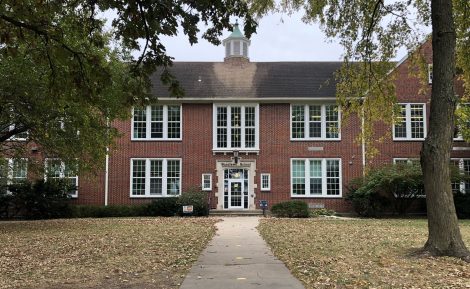Wakarusa Valley School gets new solar-thermal system to help trim utility bills
Third-graders at Wakarusa Valley School know it’s frigid outside, that there’s snow on the ground, that the water flowing into their faucets can be downright cold — the frozen surface of nearby Clinton Lake is a giveaway.
But here in the school’s kitchen, tucked inside a utility closet, is a piece of engineering that warms everything up: a new solar-thermal system, one that uses the sun’s abundant heat to trim utility bills by warming up water before being heated to its desired temperature.
“You don’t have to use as much electricity,” explains Carlee Torneden, a third-grader in Bernie West’s class.
Adds Meriel Salisbury, a classmate: “It’s cool to know that our school is doing this.”
The two were among 33 students who learned about the system Monday during a presentation led by Bill Roth, a retired engineer and member of the school’s Science Committee. The committee, which financed the $5,800 project, works to boost student interest in and awareness of math, science and related pursuits.
Using cells on the roof, the solar system heats the kitchen’s incoming water from its usual temperature — typically 50 to 55 degrees — to, on Monday, about 127 degrees. From there, the water is pumped into the kitchen’s adjacent electric water heater, which cranks it up to 140 degrees for a dishwasher and sinks.
While the system will save the district money on electricity, the real hope is to spark interest in such technologies — or the next one — involving renewable energy or environmental sustainability.
“Half the jobs out there when our kids graduate will probably be in this field,” said Brian McCaffrey, principal.







